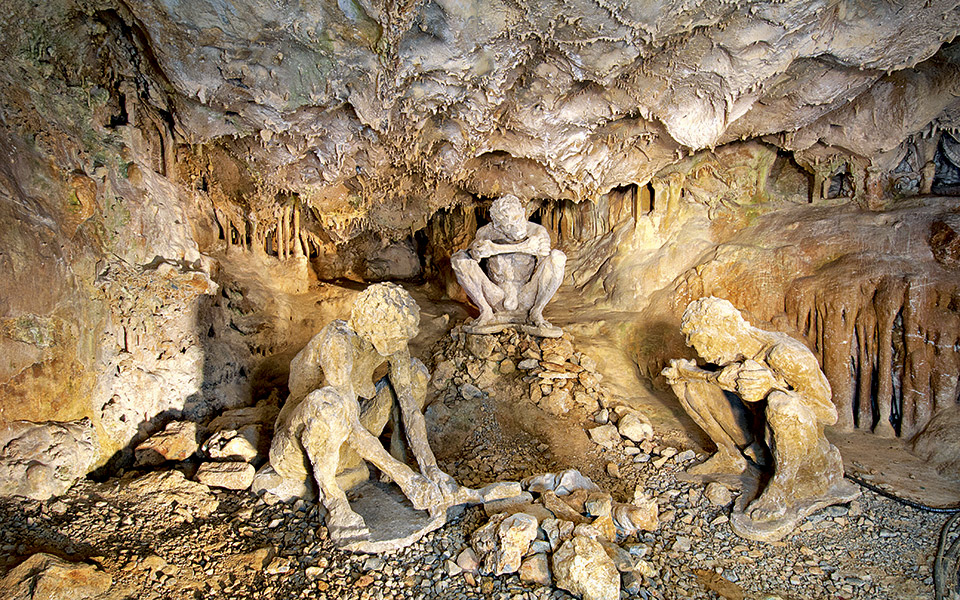Nature has always been an unpredictable designer. This is more than apparent entering Petralona Cave, formed around a million years ago in the limestone of Katsika Hill. Nicknamed “the red-rock cave” because of the color that the bauxite deposits give to the stone, the cavern stretches across an area of 10,400m² and consists of a series of stoas, chambers, high ceilings and pools, full of stalactites, stalagmites, curtains and shields, columns and other formations. Its discovery in 1959 opened a window into prehistoric times. Today, it is the most important of Greece’s 12,000 caves, thanks to its wealth of fossils (one of the richest collections in Europe) and to the discovery, around half a century ago, of the oldest human remains ever found in Greece.
It was locals from the village of Petralona who first spotted a mysterious hole at the foot of Katsika Hill. They enlarged it to make a small entrance, climbed down by rope and emerged with their arms full of fossilized animal bones and teeth, which they took to Professor Petros Kokkoros of Thessaloniki’s Aristotle University. The scientific community was galvanized by the discovery and Greek scientists started excavating the site, opening passages and collecting finds. The cave’s reputation as a trove of geological and anthropological treasures soon crossed Greek borders. In September 1960, scientists made their greatest discovery: among hundreds of fossils from 22 different animals – prehistoric bears, lions and hyenas – they found a fossilized human skull.
“In September 1960, scientists made their greatest discovery: among hundreds of fossils from 22 different animals – prehistoric bears, lions and hyenas – they found a fossilized human skull.”
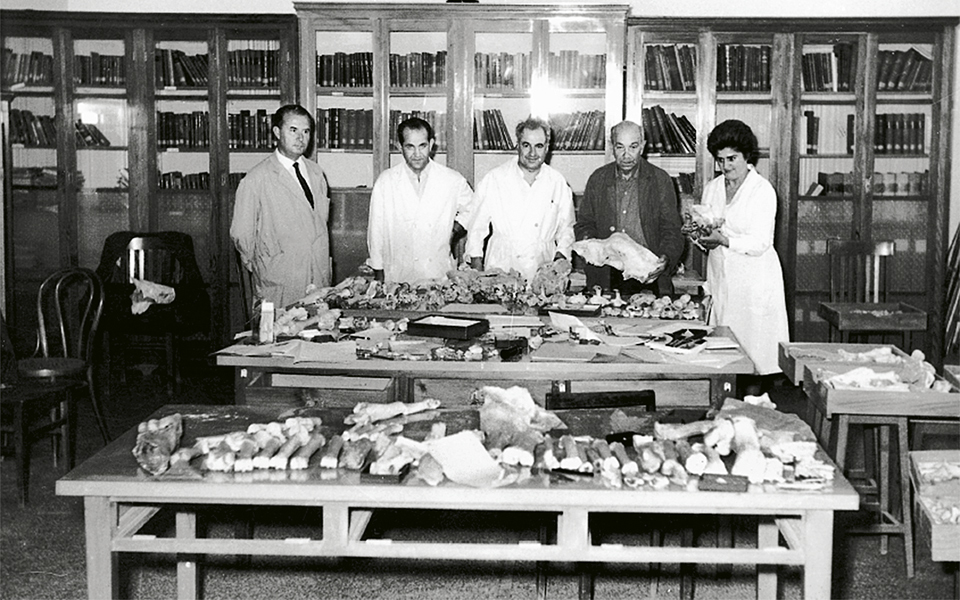
© Museum of Geology-Palaeontology-Palaeoanthropology/Aristotle University/Thessaloniki
“The cave has still not been fully explored; however, an artificial tunnel allows visitors easy access so they can admire the ornate formations and two samples of cave art. ”
The skull’s anatomical characteristics indicate that it belonged to a figure transitioning from homo erectus to homo sapiens. Today, after much research and debate, it is believed to be 200,000 years old. The skull represented an important piece in the puzzle of human evolution. It is now considered the “Parthenon of paleontology” and has been studied by some of the greatest paleoanthropologists in the world.
The cave has still not been fully explored; however, an artificial tunnel allows visitors easy access so they can admire the ornate formations and two samples of cave art. One is located at the cave’s original entrance and depicts a bear, while the sceond shows people eating.
“It has not, however, been proved yet that people once lived in the cave. The skull may have ended there accidentally. Future research involving international collaboration and new techniques would give us information regarding what exactly took place,” says Dr Evangelia Tsoukala, a paleontologist, professor at Aristotle University of Thessaloniki and one of the researchers who studied the items recovered from the cave.
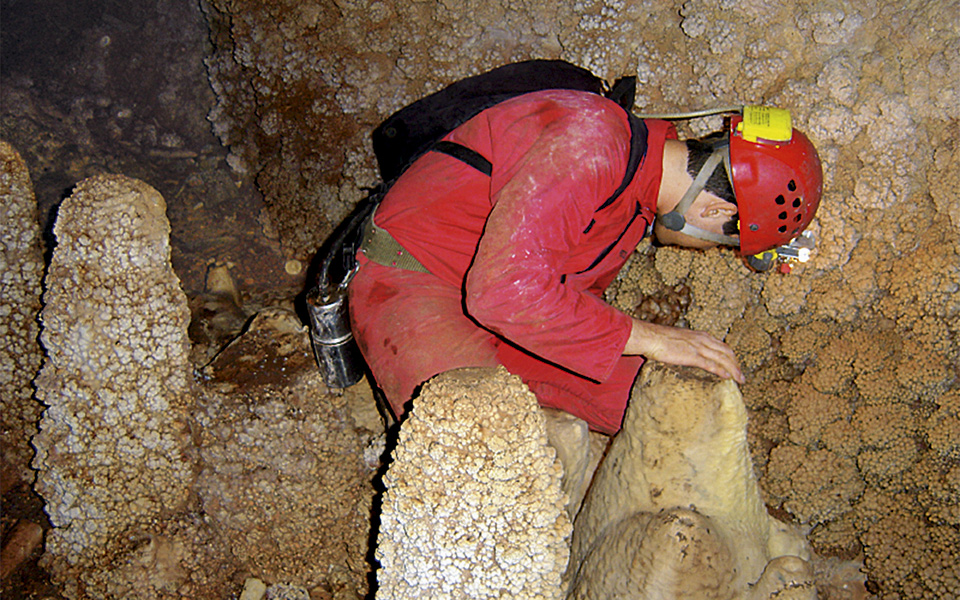
© Museum of Geology-Palaeontology-Palaeoanthropology/Aristotle University/Thessaloniki
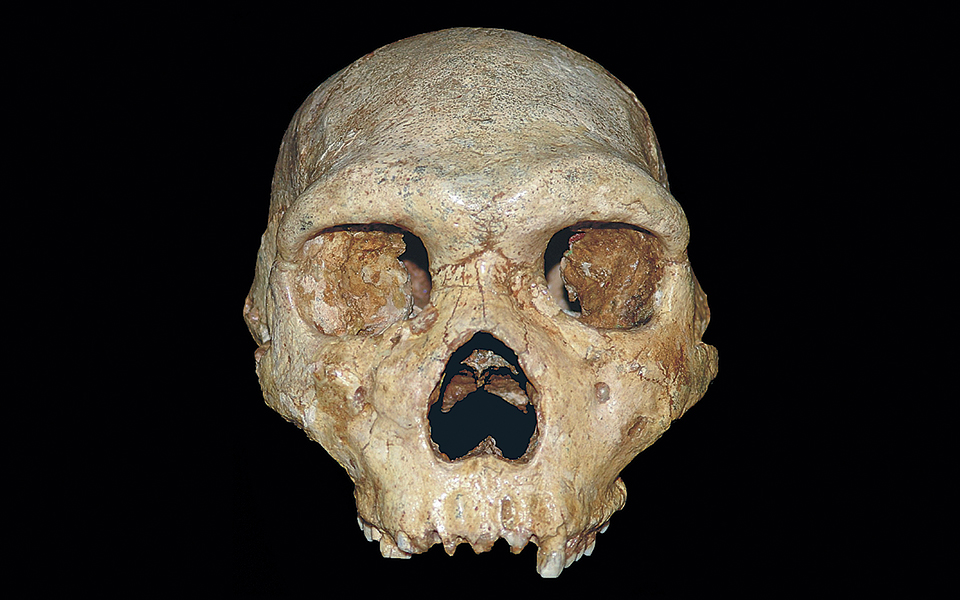
© Museum of Geology-Palaeontology-Palaeoanthropology/Aristotle University/Thessaloniki
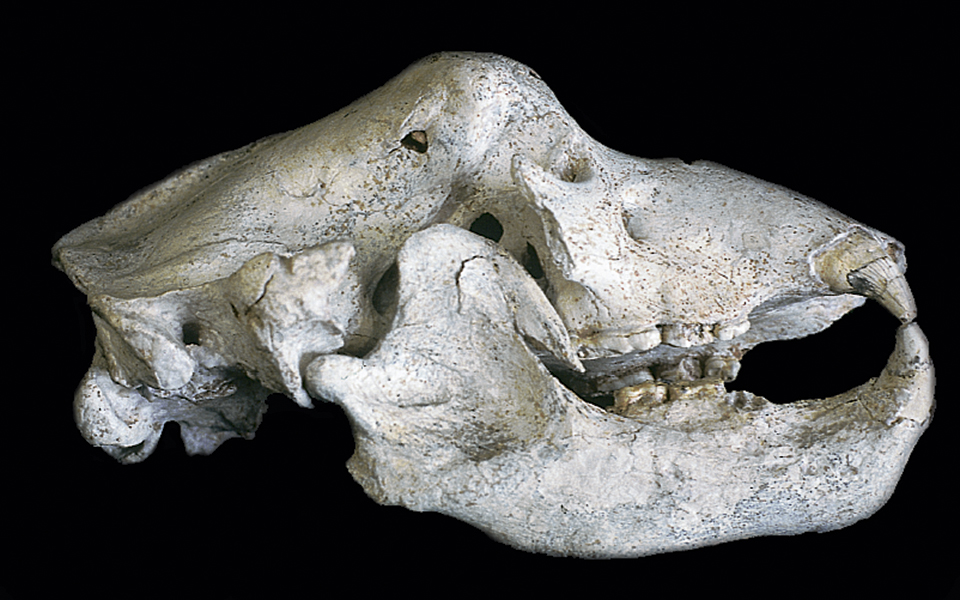
© Museum of Geology-Palaeontology-Palaeoanthropology/Aristotle University/Thessaloniki
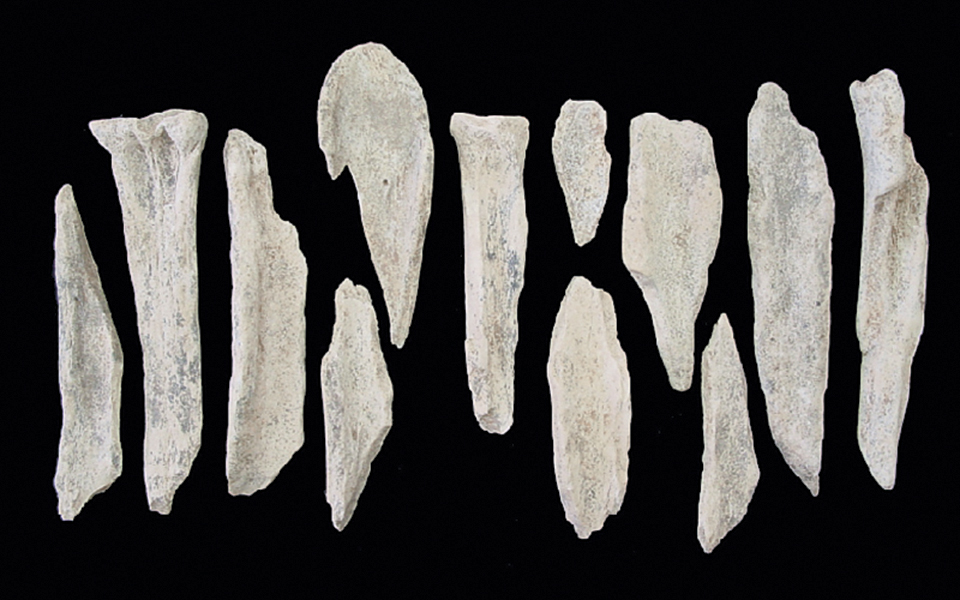
© Museum of Geology-Palaeontology-Palaeoanthropology/Aristotle University/Thessaloniki
“Halkidiki is constantly yielding fossils,” she explains. “In Kryopigi, we discovered three different species of prehistoric horse, a giraffe, a wild boar, small and large carnivores and small mammals. The most important fossil we found was one of the world’s best-preserved skulls of a Mesopithecus pentelicus,” a type of Old World monkey.
In another area, Aghia Paraskevi, scientists found a series of teeth from the upper jaw of a Deinotherium, a trunked beast with tusks that walked the earth 5-10 million years ago. In Kassandra, they discovered many fossilized tree trunks and on the coast of Halkidiki, they came across evidence of giant turtles.
There is an Anthropological Museum next to cave, a 1,000m² building with 400 display cases containing over 2,500 finds not just from Halkidiki but from other sites studied by the Anthropological Association of Greece as well. Among the displays are fossils of large mammals found in Petralona Cave, stone and bone tools and fossils from other parts of northern Greece.
The famous human skull is on display at Aristotle University’s Geology-Paleontology Museum, whose collection also features fossilized mammals, including some carnivores from Petralona Cave, as well as a significant number of casts and other finds from around the world. These objects, and in particular the Petralona Skull, give us invaluable insight, not only into our origins, but perhaps also into our future.
INFO
Cave and museum, Petralona village: Nea Kallikratia
• Open Mon-Sun 8:00-20:00
• Tel. (+30) 23730.733.65
• Admission: €8

